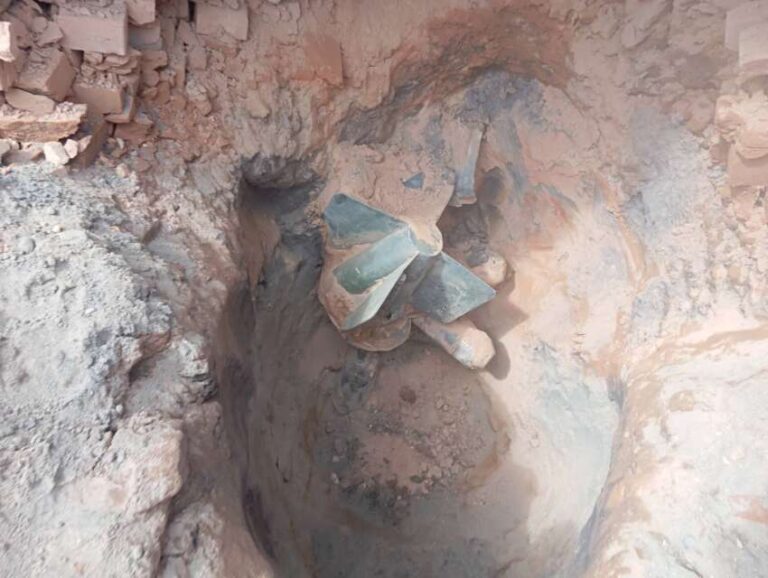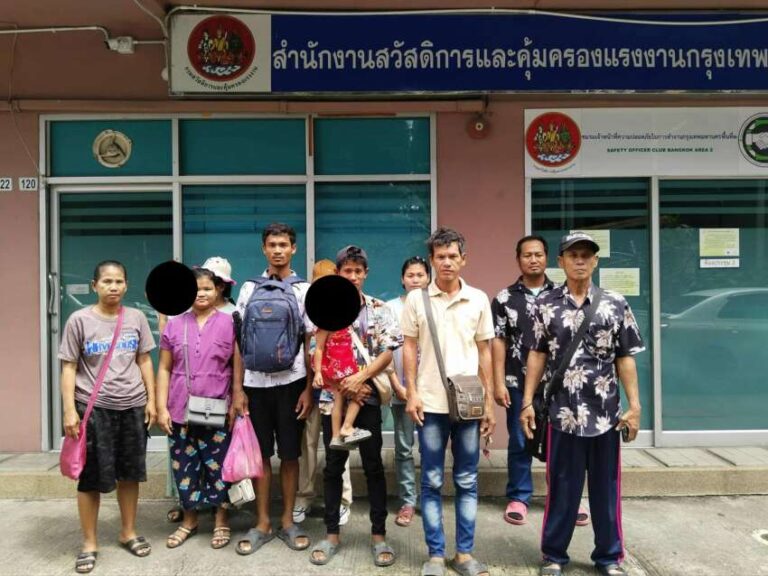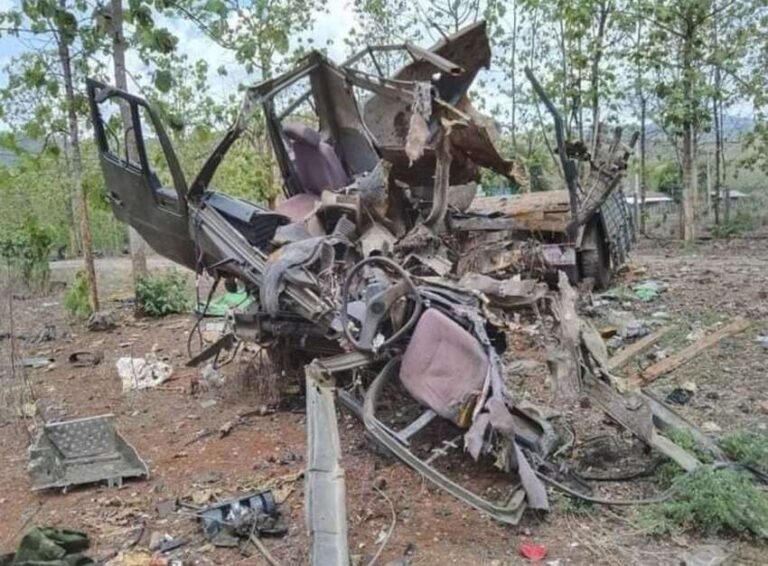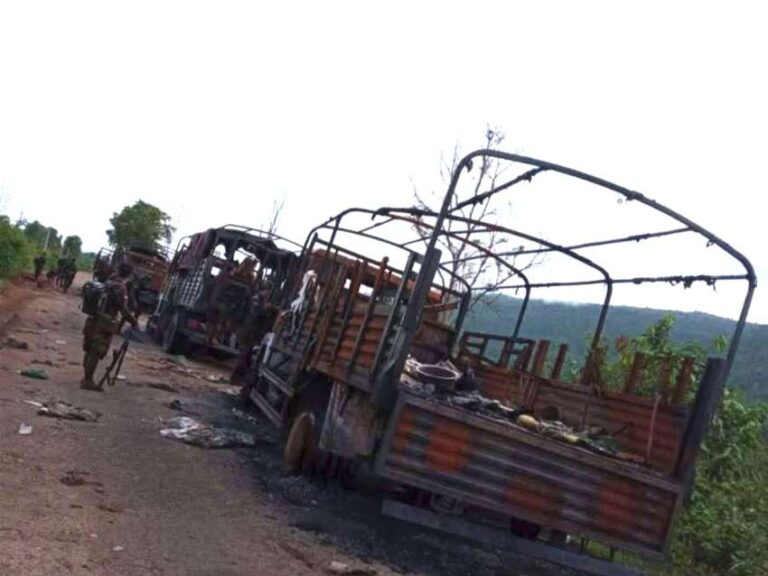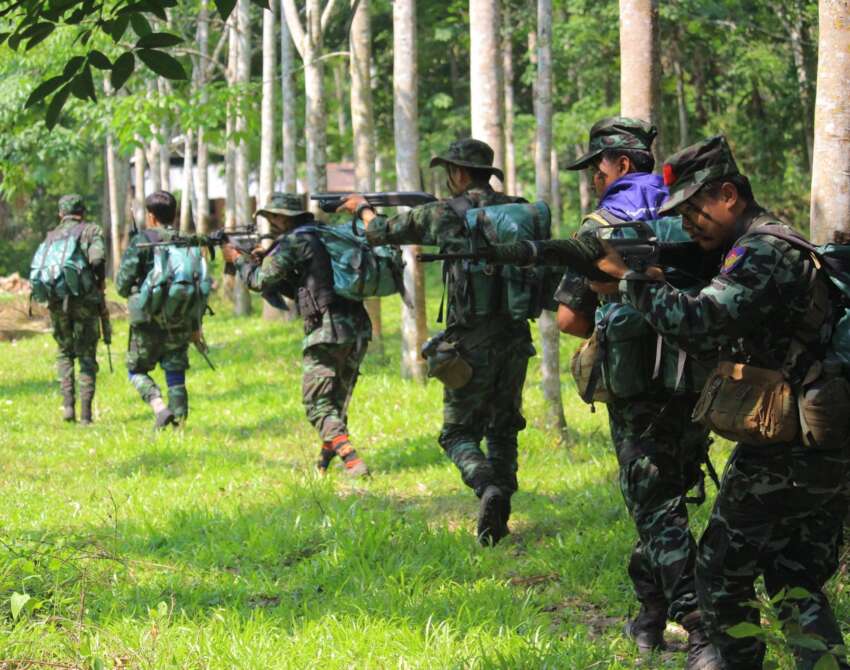
A spokesperson from the Tanintharyi Township People’s Defense Force has confirmed multiple casualties among military council forces following a series of clashes in Tanintharyi Region. On July 28, at approximately 8:10 AM, revolutionary forces launched coordinated attacks against military council troops stationed near Thaypingyauk village in Tanintharyi Township, as well as reinforcement columns advancing from Tanintharyi town. The resistance forces employed both drone strikes and landmine attacks, resulting in intense fighting. During these engagements, more than 20 military council troops were reported wounded, though the exact number of fatalities could not be immediately confirmed.
On August 4, at around 9:00 AM, revolutionary forces conducted an attack on a military checkpoint at the entrance to Tanintharyi town. This operation resulted in the confirmed deaths of two military council soldiers and left four others wounded. Later that same day, at approximately 11:10 AM, the People’s Defense Force intercepted a military convoy consisting of seven supply trucks traveling from Myeik to Tanintharyi. The ambush took place between Yamphyo and Kanto villages, where resistance forces employed both landmines and small arms fire. The ensuing battle lasted about 20 minutes, with reports of military casualties, though specific numbers could not be verified.
Further engagements occurred during the afternoon and evening of August 4 in the Theinkun area, where revolutionary forces clashed with military security units providing escort for supply and reinforcement columns. Local sources indicate that these continued attacks by revolutionary forces have been steadily weakening the military council’s control over the Tanintharyi region. The People’s Defense Force spokesperson confirmed that while the checkpoint attack resulted in two confirmed military casualties, the total number of enemy losses from other engagements is still being assessed. These operations represent ongoing efforts by resistance forces to challenge the military council’s presence and control in the Tanintharyi region, with local resistance groups maintaining pressure through coordinated attacks on military installations and supply lines.
